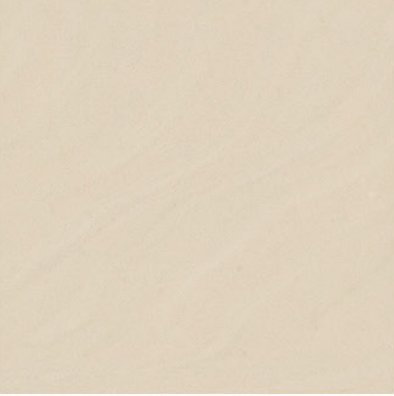
In fact, tile and bathrooms is a combo so universal that most of us barely notice it — until we're in the market for a new tile floor, wall or shower, of course.
Tiles can be made from many kinds of materials, including natural stone, glass, metal and even leather. However, next to porcelain, ceramic is probably the most common — type of tile used in the home. In fact, ceramic tiles adorned bathrooms as far back as the Roman Empire.
In an ancient process that's remarkably similar today, ceramic bathroom tiles consist of finely-powdered clay that is blended with water, pressed into shape and fired in a kiln. Centuries ago, that clay came from the local riverbed; the clay for today's bathroom ceramic tiles is often produced from pulverized rock, slate, marble or even recycled glass.
The reasons for selecting ceramic tile are both practical and purely decorative. Not only is it one of the most affordable tile options, but ceramic is also durable, moisture- and bacteria-resistant and requires little more than a damp sponge or mop to keep clean. And if you enjoy having plenty of textures, shapes, and colors from which to decide, expect to be happily befuddled by ceramic's seemingly endless array of style choices.
Naturally, prices vary according to the tile you choose and the size of your project. A recent search turned up 12" x 12" ceramic floor and wall tiles at Home Depot selling for 77 cents per square foot. You can expect to pay around $2.60 per square foot for 3" x 6" white subway tile, a classic look that also happens to be trending right now. Specialty mosaic tiles can easily run $20 to $40 or more per square foot. However, the average tends to hover around $7 to $9 per square foot.

Despite marketing claims to the contrary, the difference between ceramic and porcelain tiles generally comes down to PEI and price. Both are part of a larger ceramic family, which means they are made from clay material that is fired in a kiln. However, because porcelain tile is produced from clays blended with other minerals, it has a PEI rating (an industry standard for hardness and durability) that is higher than ceramic. For this reason, premium porcelain tile is often a better choice for high-traffic areas of the home.
But don't be fooled: A ceramic tile floor can be plenty strong, especially when it's protected with a high-quality glaze. And more affordable ceramic tiles can actually outperform porcelain when it comes to wall and ceiling installations since ceramic's relative softness and lightness make it easier to cut and shape for soap dishes, chair rails, and special edge treatments.
This is the really fun stuff: From roughhewn antique finishes to eye-popping neon colors, there's barely a limit to the looks you can achieve with today's ceramic tiles, accents, and edge treatments. What's more, new digital printing technologies allow manufacturers to create ceramic tiles that look amazingly like marble, wood, metal, and even fabric — at a fraction of what the real thing would cost.
Sustainable design practices are also gaining ground as manufacturers are finding ingenious ways to reuse water and incorporate recycled content. And don't forget that those gorgeous, porcelain wood tiles spare a lot of trees.
A backsplash or shower floor can be a relatively simple DIY project if you're handy and have some experience installing tile. In fact, many of today's ceramic tiles feature directional arrows on their backs to ensure that you're keeping them straight. But some home renovation experts discourage novices from tackling more extensive projects such as a master bathroom floor or a complex mosaic design in a shower.
Copyright © 2021 Guangzhou Weyes Network Technology Co., Ltd. | All Rights Reserved